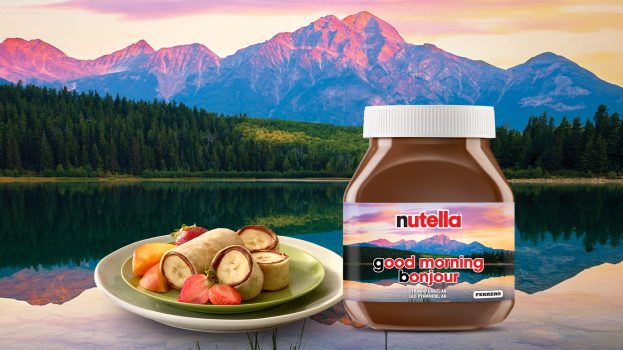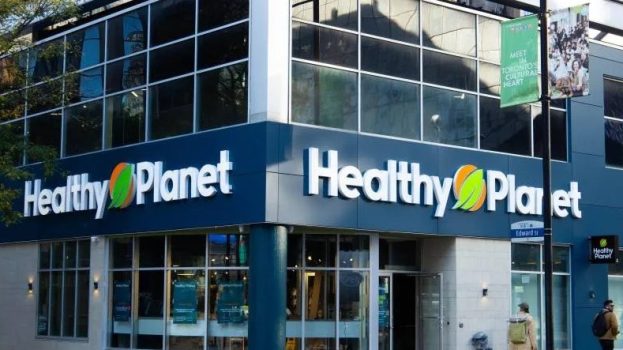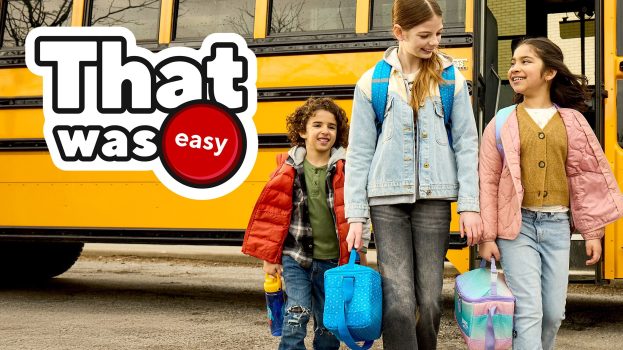Plan International Canada wants donors to know that despite the financially tumultuous circumstances brought on by the pandemic, they don’t need to have a lot of money to tangibly make a difference with its annual Gifts of Hope initiative.
To highlight this, Plan – along with agency Doug & Partners – created a digital campaign, featuring paid video, connected TV, social media and several digital placements. Among the assets are 15-second animated spots featuring a girls giving family and friends a picture of a goat as a gift – representing a goat she’s donated they’ve donated to families abroad, which help them earn money through farming and do things like send their children to school.
The goat has been the hero of many “Gifts of Hope” campaigns for the last 14 years. According to Naomi Midanik, director of one-time gifts at Plan International Canada, the goat “really seems to resonate” with donors both because it is unique and because it represents “something really tangible” that “people can really wrap their heads around” when it comes to how it can help a community and family abroad.
Despite mass uncertainty in the charitable sector in the early stages of the pandemic – due to questions about whether donors would have the same propensity to donate due to economic challenges – Midanik says donors are continuing to donate and that “there’s a real appetite to continue to help.” This is particularly the case with donors who are not experiencing as much financial stress as others, she says, and are “finding an opportunity to do something and empowers them to actually help, particularly on the global stage.”
But Plan also has a number of gift options, an effort to reach people who still have the appetite to help but might not feel like the money they have available can be useful. While the goat is priced at $80, Midanik notes how Gifts of Hope has a catalogue of 65 ethical gifts starting from $10 – and all of them are communicated in a way that drives home the impact they might have, showing that even more affordable gifts can make a big difference for people.
Among the new Gifts of Hope items this year are COVID-19 kits consisting of things like hand soap, sanitizer, wipes, temperature sensors and masks – which will be distributed to people in “especially dangerous circumstances,” like displaced settlements where resources are scarce.
“While people are consuming the news, and perhaps feeling like they don’t have any control over the situation, they can purchase one of our COVID-19 gifts and make a difference that way,” Midanik says.
While its donors are looking to see how far their money will go, Plan is also trying to make its marketing efforts work hard, focusing on more efficient digital channels that provide the best ROI. The campaign includes tailored ads for digital media consisting of more than 200 components, including social media, interactive quizzes through BuzzFeed, digital banner ads and the three 15-second spots. Midanik says they used retargeting and remarketing methods to serve up different creative “depending on the point donors are at in their journey.”
The Aber Group handled the media buy.
























